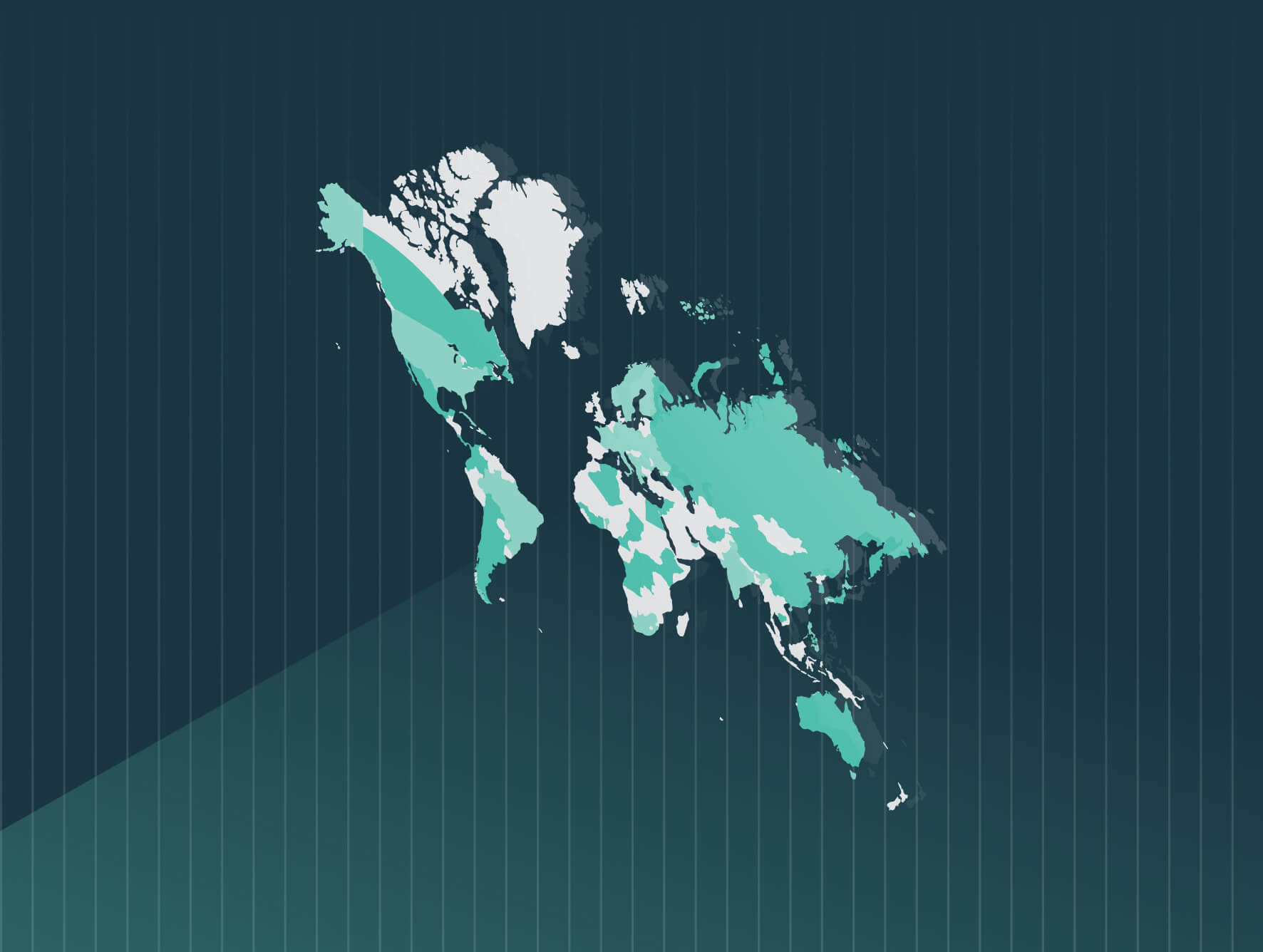On June 29, 2023, the Supreme Court ruled that admissions programs at Harvard and the University of North Carolina (UNC), based on race, violated the Constitution’s guarantee of equal protection. It was a significant affirmative action decision that, not unexpectedly, sent shock waves across the nation—not only among institutions of higher education, but across all types of organizations wondering how this decision might come to impact their workplace affirmative action and DEI efforts.
We believe the Supreme Court is aligned behind a philosophical position where employers should be focused on fairness but should not favor one class of students over another in higher education decisions. In fact, Supreme Court Justice Neil Gorsuch wrote that, in his opinion, Title VII, the hiring and workplace civil rights law, should be interpreted identically to Title VI, which governs anti-discrimination in higher education. In his view, the court’s rule that an educational institution “may never discriminate based on race” now applies with equal force to employers.
That same philosophy can be applied in business settings.
Business Implications of the Supreme Court Ruling
The decision, authored by Chief Justice John G. Roberts Jr. and supported by the conservative majority, is a significant shift from previous precedent and will bring about a major change in how universities select students. It will have nationwide implications beyond Harvard and UNC. The opinion claims that universities have wrongly prioritized racial identity over individual accomplishments and experiences.
While the Supreme Court ruling specifically pertained to college admissions, it is important to consider potential implications for businesses at the state level in the United States. Legal experts argue that this decision will not have a direct bearing on workplace diversity programs. But the coming years may witness the spread of pay fairness and opportunity fairness laws and regulations across various states and international jurisdictions. Employers should stay updated with these developments and ensure compliance with the evolving regulatory landscape.
Our belief is that a diverse workforce is essential for a successful business. Building a diverse workforce isn’t about implementing Affirmative Action or establishing quotas—or shouldn’t be. It should be about cultivating a strong business environment. Investors today are increasingly interested in the “S” (Social) aspects of ESG because companies that prioritize diversity tend to perform better.
To be successful, businesses of all kinds are wise to embrace, cultivate, and engage a diverse workforce. In doing this, their focus should be on creating fair environments.
Creating Fair Environments
Organizations embracing ESG should shift their focus to creating environments that promote fairness throughout the employee lifecycle, from hiring to retirement. This involves fostering a culture that values diversity, implementing fair processes, adopting inclusive tools and technologies, and establishing transparent reporting mechanisms.
By creating fair and inclusive environments, organizations can achieve fairness in pay, diversity representation, inclusivity, and hiring/promotion/retention. Employers that prioritize DEI as a way of signaling their commitment to fairness will continue to be well-positioned to attract and retain top talent.
Implications for DEI Technology
The Supreme Court ruling has implications for the implementation of DEI technology, particularly in the areas of pay parity and opportunity equity. When it comes to fair pay, employers should adopt technology tools that enable them to identify and rectify any unexplained pay differences between protected classes of employees, while ensuring that compensation decisions are blind and neutral to factors such as gender and race. This approach helps prevent claims of reverse discrimination and ensures equitable pay practices.
In terms of opportunity equity, employers should leverage technology tools to understand demographic representation, employment flows, and predictive modeling for future demographic scenarios. Artificial intelligence and machine learning can be used to create opportunities for vertical and lateral talent mobility.
However, it is crucial for employers to avoid implementing diversity hiring quotas or setting explicit headcount goals or targets. Instead, the focus should be on creating a level playing field and enabling fair opportunities for all employees.
Although the Supreme Court ruling restricted race-based affirmative action in college admissions, the ruling does not directly jeopardize workplace diversity programs. The DEI movement remains vital in attracting and retaining top talent. Organizations should focus on cultivating fair environments, leveraging technology to promote pay parity and opportunity equity, and staying informed about the evolving legal landscape at the state and international levels.
By embracing diversity and inclusion, businesses can create a culture of fairness that fosters success in the ever-competitive “War for Talent.”








